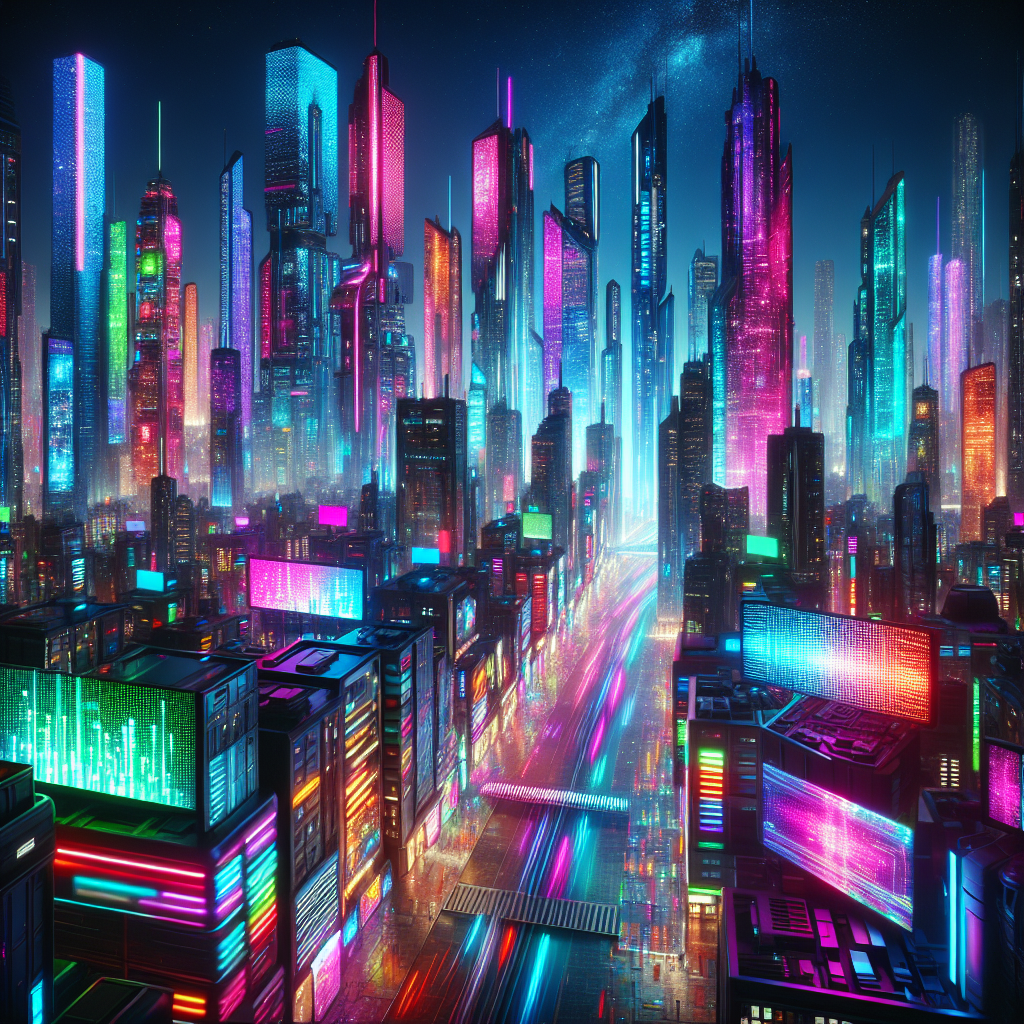The Thrilling Week in AI: Luma AI, Stable Diffusion 3, and Beyond
In the ever-accelerating realm of artificial intelligence, last week was nothing short of a whirlwind. From the release of innovative video tools to groundbreaking updates in AI image generation, the landscape of AI creativity is evolving faster than ever. Let's dive into the key highlights and explore the exciting developments.
Luma AI's Dream Machine: A New Contender
Luma AI took center stage with its new video generation tool called Dream Machine. Pitched against notable competitors like Sora, Veo, Cling, Pika, and Runway, Dream Machine aims to revolutionize the way we generate video content.
Initially, the platform experienced some significant teething troubles, as early users faced frustratingly long wait times — up to seven hours, no less! Despite these early hiccups, the platform has since scaled up to meet demand, greatly reducing wait times.
However, Dream Machine's text-to-video capabilities leave much to be desired. For example, prompts like “a wolf howling at the moon” often resulted in laughably inaccurate outputs. Users were frequently met with images of wolves that bore no resemblance to their natural counterparts or the moon.
Nevertheless, the tool excels in image-to-video generation. Examples included a colorful futuristic city and a realistic video of a cabin in the woods, showcasing Dream Machine's potential when provided with the right input.
Stable Diffusion 3: A Leap Forward
In another major stride, Stability AI finally made the much-anticipated Stable Diffusion 3 available. Promised back in February, the latest version offers significant improvements, especially in embedding text within images — a feature that has long been a challenge for AI-generated imagery.
Users can now download the weights and run the model locally or on cloud services. However, convenience comes with certain limitations, as generating high-quality images often requires advanced prompt engineering. For instance, simple prompts like “a monkey on roller skates” produced underwhelming results, whereas a more detailed description like “an astronaut in a jungle, cold color palette, muted colors, detailed 8K” yielded highly impressive images.
For those interested in testing this new version, Hugging Face remains a popular platform to experiment with Stable Diffusion 3.
For more information about how AI models are trained and optimized, check out this insightful article.
Leonardo AI: The Phoenix Rises
Leonardo AI joined the fray with its new Leonardo Phoenix model. Unlike its predecessors that utilized stable diffusion models, Phoenix was built from the ground up specifically for Leonardo AI. The result? Enhanced image quality, better prompt adherence, and coherent text integration.
This model boasts superior image creativity and control, setting a high bar for AI image generation. The Phoenix model is particularly adept at transforming vague prompts into detailed, high-quality images, outperforming many of its contemporaries. For instance, a simple prompt like “a wolf howling at the moon” in the Leonardo Phoenix model translated into a beautifully detailed image.
MidJourney's Model Personalization: Tailoring AI to Your Tastes
MidJourney, not to be left behind, introduced a new feature called Model Personalization. This innovative feature allows users to train the AI to generate images that closely match their aesthetic preferences.
By ranking at least 200 images, users teach MidJourney about their likes and dislikes. When generating new images, users can activate their unique personalization code, ensuring the outputs align with their preferences.
For example, with personalization turned on, prompts like “a wolf howling at the moon” generated images that were more aligned with the user’s previous selections. This feature not only enhances user satisfaction but also offers a highly personalized AI experience.
The Future of AI Creativity
The advancements in AI tools such as Luma AI's Dream Machine, Stable Diffusion 3, Leonardo Phoenix, and MidJourney's personalization feature mark a thrilling period of innovation. As these technologies evolve, they promise to offer unprecedented levels of creativity and efficiency.
However, it’s crucial to remember that while these tools boast incredible potential, their current iterations still need refinements. Improvements in text prompt accuracy, reduced processing times, and enhanced image quality are necessary to unlock their full capabilities.
For those in the creative industries, now is the time to dive in, experiment, and harness the power of these cutting-edge tools. Whether you’re a content creator, marketer, or just an AI enthusiast, these advancements provide a fascinating glimpse into the future of digital art and creativity.
To understand more about how these AI models work, you might find this comprehensive guide on AI art generators very useful.
Final Thoughts
The developments in AI over the past week demonstrate just how rapidly this field is progressing. From Luma AI’s burgeoning Dream Machine to the sophisticated capabilities of Leonardo Phoenix and MidJourney’s personalized touches, the landscape is constantly evolving. These tools not only push the boundaries of what’s possible in digital content creation but also open up new avenues for innovation and artistic expression.
As we continue to explore and refine these technologies, one thing is certain: the future of AI in creative industries is bright, promising, and incredibly exciting. So, gear up and get ready to explore the limitless possibilities that these AI advancements have to offer.
For deeper dives into AI advancements and their implications, stay tuned to platforms like YouTube and Hugging Face, where these tools are continually showcased and refined.
By Matthew Bell (matthewrobertbell@gmail.com)
Related News
- The Exciting Evolution of AI Image and Video Generation: A Deep Dive
- Major AI Upgrades: A Deep Dive into the Latest Trends
- Unleashing the Power of New AI Tools: A Deep Dive into Innovation
- AI Innovations: A Deep Dive into Last Week's Game-Changing Developments
- The Week in AI: Insights and Innovations
